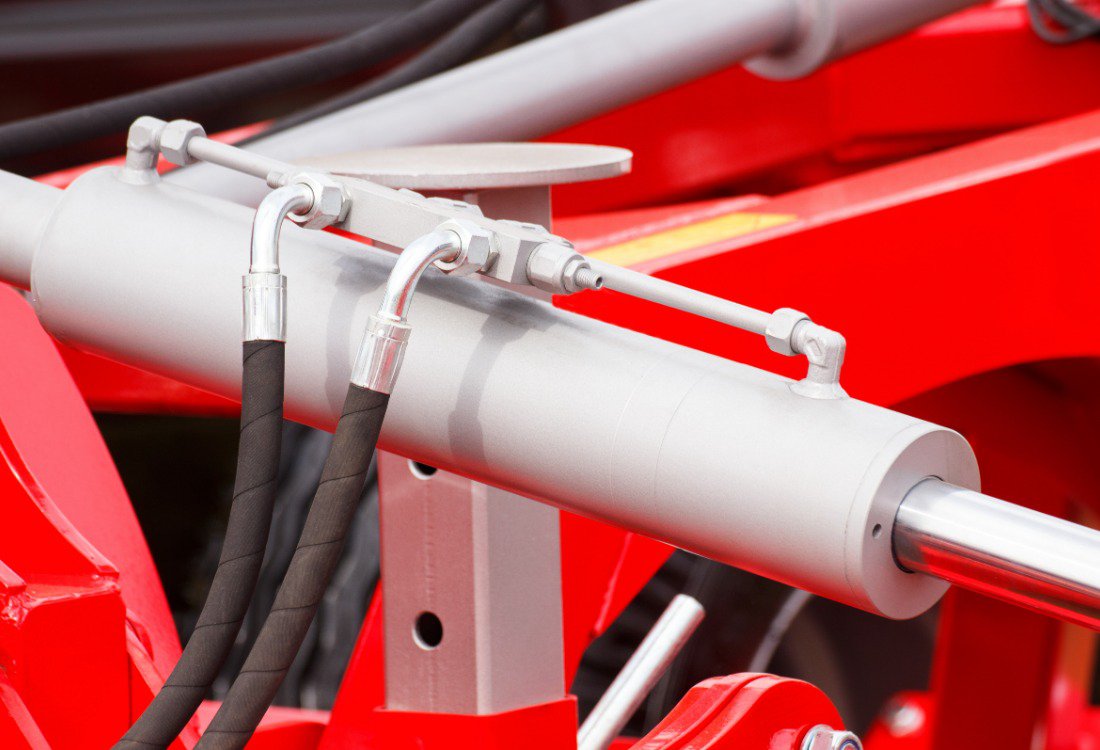Infrastructure development is facing a huge challenge in the UK as domestic property developments, climate change, decarbonisation, and supply chain onshoring reshape the economic and social landscape. New hydraulic and pneumatic technologies are among the bold innovations that businesses and public organisations are adopting to step up to the task. In this article, we’ll take a look at the way that smart technologies, sustainability, and efficiency measures are adapting to the needs of current and future infrastructure projects.

Innovation And Efficiency
Power and precision are the twin mantras of fluid power systems. However, in modern systems, the emphasis is expanding to include greater energy and resource efficiency, too. In a hydraulic system, this may require leveraging the potential of variable speed pumps, which are capable of adjusting their power output based on real-time demand. Compared to traditional fixed speed pumps, variable speed pumps reduce waste and lower overall energy consumption. In a similar way, many pneumatic systems are now being equipped with high-efficiency compressors and smart regulators to optimise energy use by minimising air leakage. This helps to lower operational costs and extend system longevity. The ability to integrate these features into compact, modular fluid power designs also allows applications to be customised and future-proofed more easily, so they can be scaled in line with changing demand.
Sustainability And Green Power
Officially at least, it is still systems go towards Net Zero, making sustainability a key consideration in any fluid power system. In terms of hydraulic and pneumatic systems, the principal effort is to develop processes and components that are more environmentally friendly and less wasteful. For example, a lot of money is currently being spent on developing biodegradable hydraulic fluids, which reduce the potential environmental damage caused by leaks and spills.
Pneumatic systems, on the other hand, benefit strongly from renewable energy integration. Air compression systems powered by solar or wind energy, for instance, are being explored in off grid and remote locations where conventional power sources are inconvenient or unavailable. These sustainable initiatives help to align hydraulic and pneumatic systems with broader sustainability goals, reducing overall carbon emissions and conserving resources.
Smart Technologies And Industry 4.0
It’s hard to discuss future trends without stumbling across Industry 4.0 and the Internet of Things (IoT). Essentially, both terms refer to the increased capabilities that accrue to fluid power applications when they are integrated with networked sensors, monitoring devices, and automation features. These technologies have all opened new doors for fluid power applications, allowing, for instance, more precise real-time monitoring of flow rates, pressure, and temperature settings. These allow a more proactive approach to predictive maintenance that can offset potential issues before they risk system failure.
The potential applications for smart tech go even further, however. For example, automated construction plant, in which a hydraulic system is integrated with GPS and autonomous control software, could carry out tasks such as excavating and laying foundations with greater precision, improving project timelines and reducing overheads.
At the same time, smart pneumatic valves in an urban water management system could be able to dynamically regulate water flow in response to demand, preventing the overuse of public water supplies during peak periods, or even detecting leaks and shutting off areas of the network to minimise losses.
What Next?
Hydraulic and pneumatic technologies are evolving in step with the challenges facing public infrastructure development, including utilities, renewable energy, and construction. To find out how the latest hydraulic and pneumatic components are facilitating even greater efficiency and control in fluid power systems, please contact one of the specialists at HydraStar today by clicking here.


